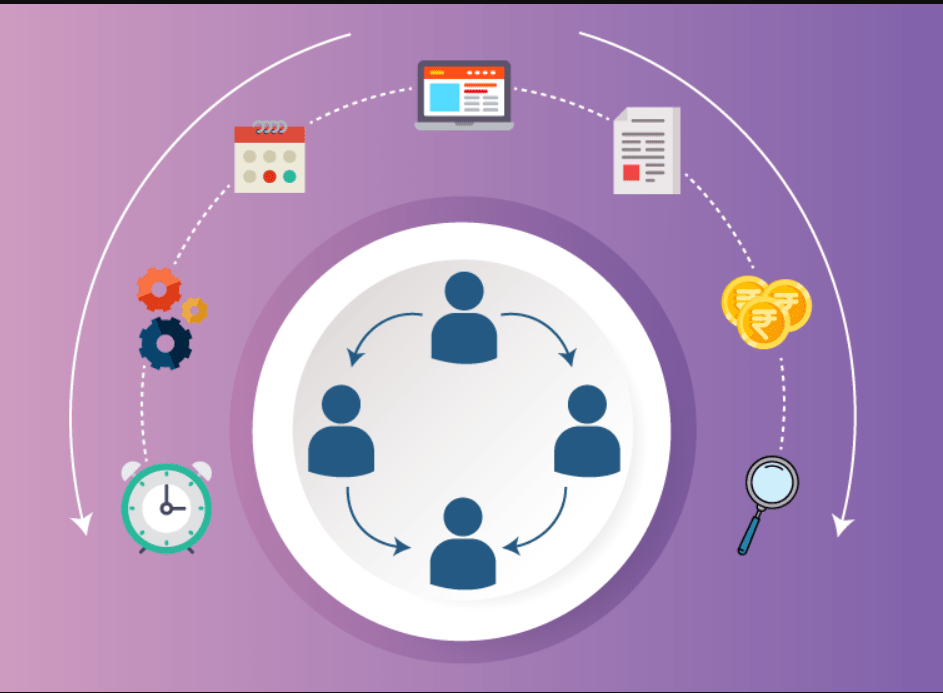What is Enterprise Ticketing Systems?
The more a company grows, the more its technology use grown and, thus, its IT needs. To effectively provide support, IT teams need a way to track tasks, thereby ensuring timely resolutions. This is where IT enterprise ticketing systems come into play.
These tickets record all communication between the IT support teams and the invested stakeholders in a ticket’s outcome. For example, when staff reports an issue with the system. When the IT support staff works on a ticket, all updates are reported via the ticket. The task progress gets tracked in this manner until its completion.

The different types of IT tickets
IT tickets help in different areas, and that is why categorizing them is crucial. Categorization enables the correct routing of tickets to appropriate IT staff. It also helps to track trends and streamline workflow. Your organization’s IT team should categorize tickets based on the company’s business needs. Popular ticketing categories include:
- Feature requests: This is where features suggested by users are collected. It highlights the features needed and why they are required. This helps businesses grow as users benefit.
- Incidents: This IT term is used to mean unplanned IT system disruptions. Bugs or any other issue could have caused the disturbance. Incident tickets can capture these issues enabling the IT support team to take appropriate action to fix the problem.
- Service and Maintenance requests: IT systems need routine maintenance. When users also have needs like resetting passwords for their accounts, they may need the help of IT support staff. This service request ticket category enables tracking of these services.
- Line of business/teams: If you are in a company that offers multiple services or products, some tasks will be divided between the IT teams. For example, software vs. hardware groups. When teams or lines of business categorize tickets, issues are resolved faster.
Benefits of IT Enterprise Ticketing Systems
Customer Satisfaction Improvement
Eventually, customers experience technical issues. There are times when critical services such as internet access have outages. IT ticketing makes it possible for these issues to be resolved and timely too. Tickets make it easy for IT teams to track and also, prioritize issues thereby having them resolved proficiently. Ticketing systems prevent items from falling through the cracks. When there is a timely resolution, customers will be satisfied with your services and will most likely even recommend your business to others.
Improved Team Productivity
Ticketing systems have been known to improve the productivity of IT teams because they centralize IT tasks details. Having a robust ticketing system also automates tasks making it easier to look for tickets, reports, and reminders. This delivers insight that further improves the team’s productivity.
Meeting Business Obligations
Companies have service level agreements (SLAs) towards their customers, and they are primarily centered on timely resolutions of issues, including technical issues. The ticketing system gives IT teams tools that allow them to realize the SLAs. When there is task automation, centralized data, and streamlined workflow, teams can work fast to meet SLAs. What’s more, the reports offered by IT ticketing systems highlight a team’s ability to fulfill business obligations.
The Various IT Enterprise ticketing systems stages
An organization’s needs are what determines a ticket management workflow. IT tickets have the following process flow:
- Log tickets: This is the logging in of a request, task, or issue from various sources.
- Take action: Here, tickets get routed to IT teams callable of solving the situation at hand.
- Monitor and escalate: Here, helpdesks are waiting for more information from users. If the ticket takes time to be addressed, the ticket gets escalated to the manager for additional focus.
- Close & optimize: Here, resolutions are communicated to stakeholders after a ticket has been concluded. The ticket is then closed. The ticket is also reviewed, giving the IT team insights on operational improvements that can be made to avoid recurrence of the same issue.
Conclusion
IT enterprise ticketing systems are the backbone for efficiently addressing company and customer needs. There are many IT ticketing solutions available. Examine your businesses’ requirements and find an IT ticketing software that meets those requirements.